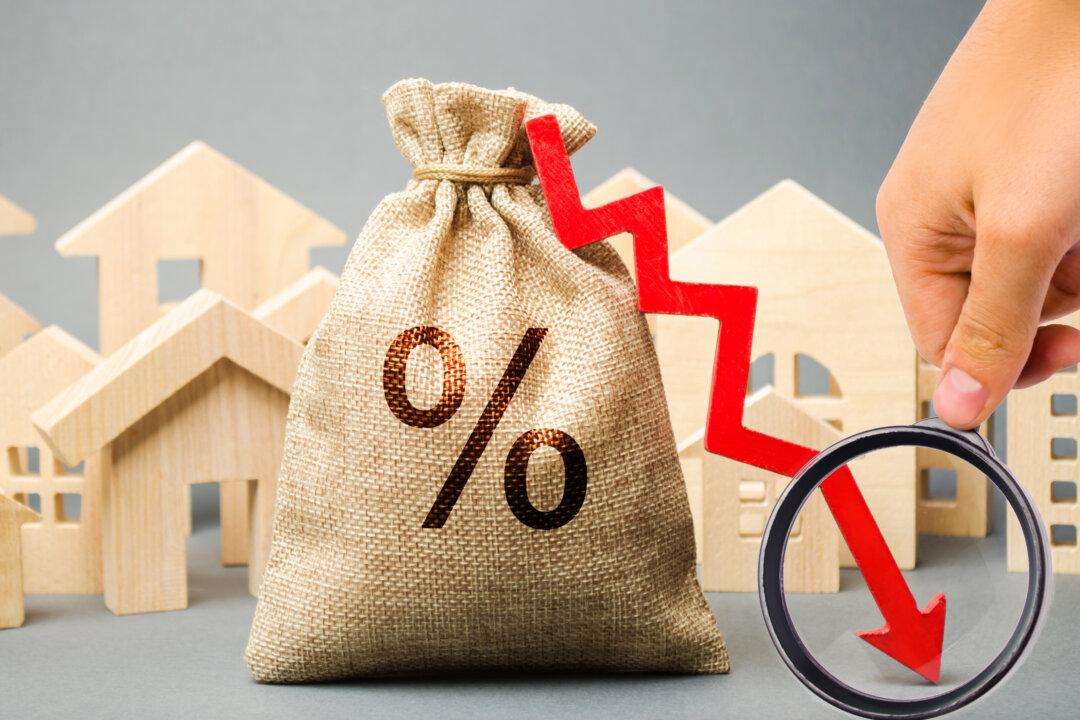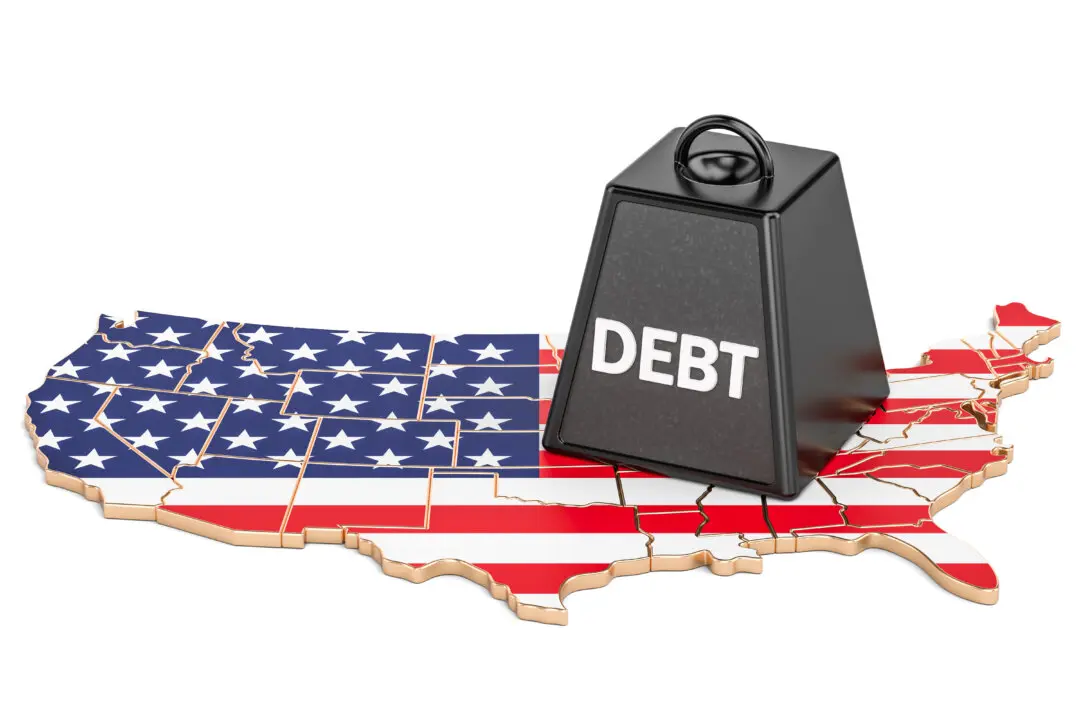Commentary
Most economists use correlations among the various pieces of unique historical data to empirically estimate the future direction of an economy. For instance, it was observed that the lagged changes in money supply were positively correlated with the growth rate of gross domestic product (GDP). Based on the correlation, some economists mistakenly attempt to assess the prospects for economic growth in terms of GDP via past changes in money supply. According to this line of thinking, it would appear that the lagged money supply growth causes economic growth. We suggest that to establish causality, it is necessary to ascertain the essence of both economic growth and the money supply.





